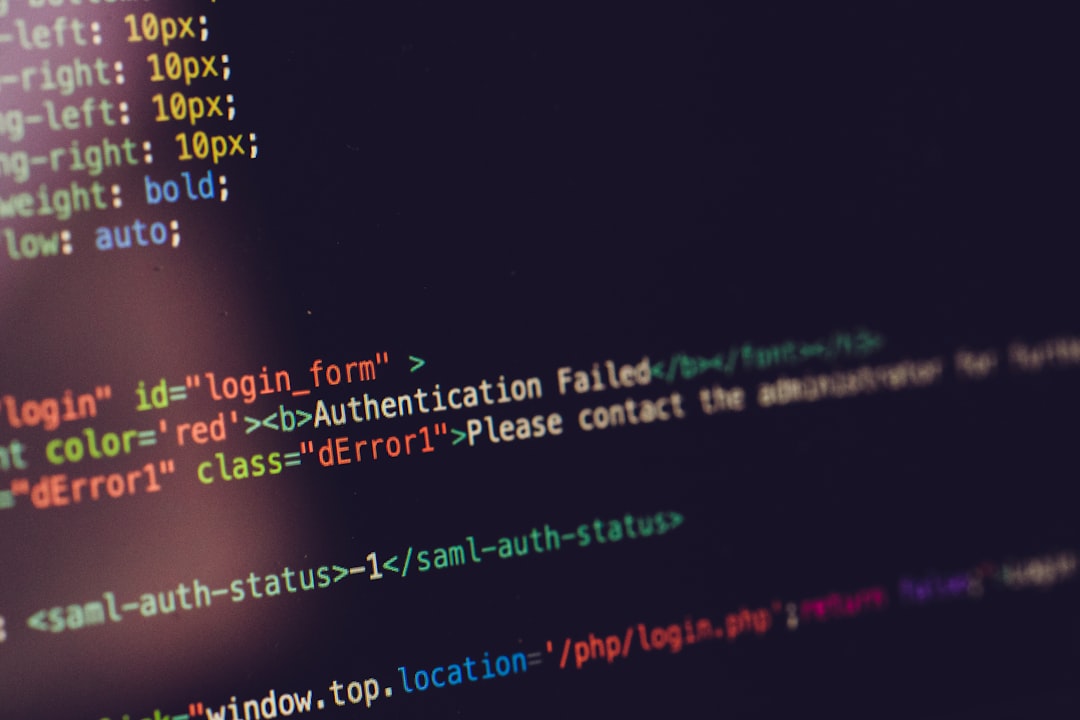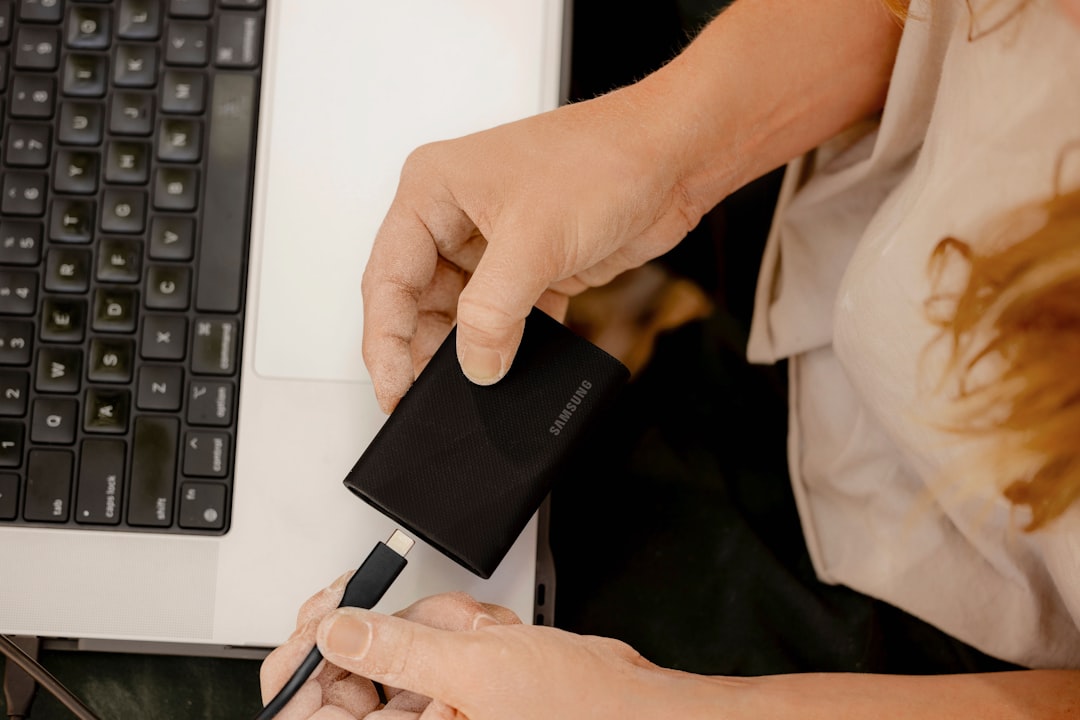For developers working with e-commerce platforms like WooCommerce, ensuring that the checkout process runs smoothly is paramount. However, situations arise where everything seems to be set up correctly, yet the checkout validation fails for what appears to be no reason. This frustrating experience can confuse users and impede sales. In this article, we’ll analyze a real example of such a situation, identify the silent error obstructing progress, and explore the filter hook that restored proper error handling and clarity.
TL;DR
Checkout validation can fail silently due to improperly constructed validation checks that prevent error messages from reaching the user. WooCommerce depends heavily on actions and filters for custom logic, and misuse of these hooks can block default behaviors. A missing or incorrect return value in a validation function often leads to errors with no visible cause. Implementing the right filter hook with correct logic restored both functionality and visible feedback.
The Problem: Silent Checkout Validation Failures
A failed checkout—without explanation—is one of the worst barriers for users and developers alike. In most WooCommerce implementations, validation failures return helpful messages such as “Please enter a valid billing address.” But sometimes, when code is added or modified, the checkout ceases to function properly without displaying any error message whatsoever.
This situation often arises when a custom validation function is introduced using a WooCommerce-specific action hook, such as woocommerce_after_checkout_validation. While it may seem harmless, the problem stems from how the system expects these hooks to behave and respond.

Initial Debugging – Everything Appears Fine
The first step developers usually take is to check for JavaScript errors or incomplete required fields on the checkout form. However, in these cases:
- All mandatory fields are filled.
- No errors are logged to the JavaScript console.
- Custom checkout fields are properly registered and saved.
Without any front-end indicators and with no obvious backend errors, the failure appears elusive. Developers then dive into the PHP validation process, setting WP_DEBUG to true and inspecting logs for any sign of life—often to no avail.
The Hidden Culprit: Missing Return Value in Custom Checkout Validation
The details are in the way WooCommerce structures its validation logic. The action woocommerce_after_checkout_validation is often used to validate custom fields. When a developer forgets to handle error messaging correctly—or worse, doesn’t stop the submission process when invalid data is detected—the checkout fails silently.
Here’s an example of misleading yet seemingly benign code:
add_action( 'woocommerce_after_checkout_validation', 'my_custom_validation', 10, 2 );
function my_custom_validation( $data, $errors ) {
if ( empty( $data['billing_phone'] ) ) {
$errors->add( 'validation', __( 'Please enter a valid phone number.', 'my-plugin' ) );
}
}
At first glance, it looks acceptable. The error is added to the $errors object, which WooCommerce is supposed to render. But in many cases—especially with themes or plugins that override default behaviors—this isn’t enough. Validation errors must be actively returned or acknowledged using correct hooks or WooCommerce remains quiet about the failure.

The Solution: Using the Right Filter Hook
The key to resolving the problem came from a deeper look at WooCommerce documentation and understanding the different hook contexts. To actively influence the validation result and guarantee the error is surfaced, developers should use the filter hook woocommerce_checkout_posted_data alongside caught validation logic and a flag-based exit mechanism, or more directly, the woocommerce_checkout_process action combined with throwing visible errors using wc_add_notice().
Here’s an example of code that works reliably and ensures the error is visible:
add_action( 'woocommerce_checkout_process', 'my_proper_validation_logic' );
function my_proper_validation_logic() {
if ( empty( $_POST['billing_phone'] ) ) {
wc_add_notice( __( 'Phone number is required.', 'my-plugin' ), 'error' );
}
}
This restores standard WooCommerce behavior—adding an error to the notices displayed at the top of the checkout form. It uses wc_add_notice(), which WooCommerce processes during checkout, adding clarity and feedback for the user.
Understanding the Difference Between Actions and Filters
Why does using wc_add_notice() in woocommerce_checkout_process work better than adding to an error object in woocommerce_after_checkout_validation? Because actions execute code without expecting a return value or halting the process—whereas filters modify and return data that informs other parts of the logic.
When a custom action doesn’t stop the process or cause a return value that WooCommerce recognizes, the validation routine assumes success—even if the input is invalid. Without a clear path to injecting an error into the user interface, users are left stuck with no idea what went wrong.
Other Potential Pitfalls in Checkout Validation
This issue is not always isolated to custom field validation. Checkout failures without error messages can come from multiple corners of the WooCommerce environment. Here are common contributors:
- Custom JavaScript disabling form submission.
- Theme conflicts where notice rendering functions are missing.
- Plugin conflicts that overwrite or disable default hooks.
- Faulty session data or transient conflicts caused by caching.
In some cases, even server-side caching can interfere with WooCommerce session behavior, which may indirectly obscure error handling. Thorough diagnostics, including switching themes and disabling plugins methodically, is often required.
The Importance of Failing Loudly
Good software fails loudly. That doesn’t mean it should panic or crash—it should give developers and users immediate and useful feedback. In this case, the failure was silent simply because the code didn’t express an error clearly in a way WooCommerce expected.
Ensuring your validation logic uses wc_add_notice() and runs within a hook that WooCommerce checks during submission guarantees that errors appear in the user interface and allow you to guide the user toward a resolution. Silent failures, by contrast, frustrate customers and lower conversion rates.
Final Thoughts
Dealing with silent checkout failures in WooCommerce can be maddening, but the root cause often lies in a misuse or misunderstanding of validation hooks. The lesson is simple but essential: validation errors must be declared in WooCommerce’s native way—using wc_add_notice()—within a proper context like woocommerce_checkout_process. Relying on error containers like $errors within action hooks can be misleading if not implemented carefully.
By keeping these principles in mind, developers can create more robust, maintainable checkout flows—and avoid the dreaded “checkout failure with no error.”
WooCommerce’s flexibility is what makes it powerful, but that flexibility comes with the burden of understanding correct hook usage and error handling protocols.
Key Takeaways
- Silent validation failures usually result from incorrectly implemented hooks or error messaging.
wc_add_notice()withinwoocommerce_checkout_processis the most reliable way to show checkout errors.- Always remember the functional differences between filters and actions in WooCommerce development.
As always, combine proper code practice with deep diagnostics, and you’ll keep your checkout process smooth, helpful, and profitable.



